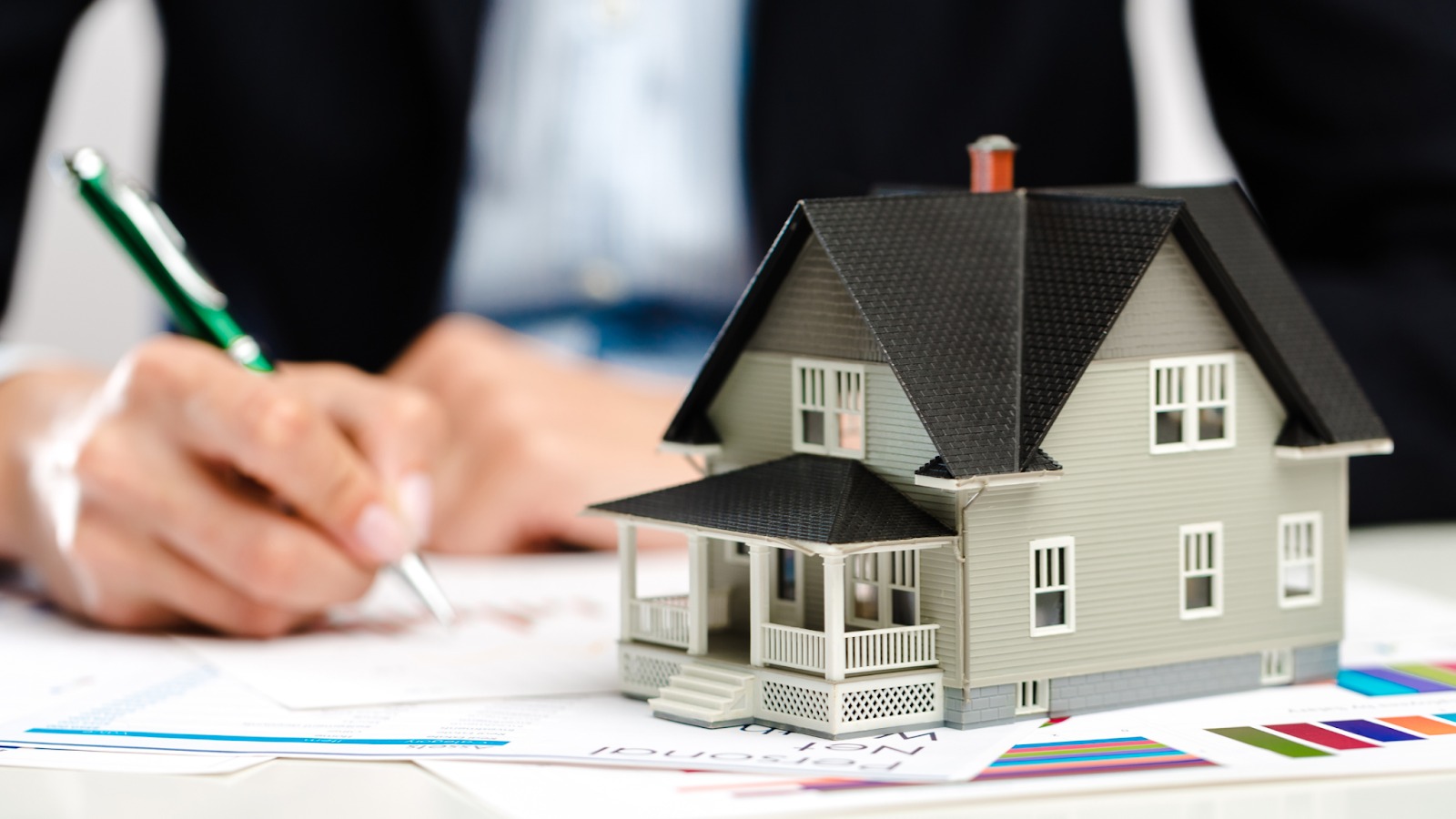How Can AI Surveillance Support Green Building in Real Estate?
Green buildings represent more than just an environmental trend; they’re becoming the new standard for property value and tenant satisfaction. The building and construction sector accounts for nearly 37% of global emissions, making sustainable practices crucial for the future.
Smart surveillance technology is transforming how we approach eco-friendly construction, turning security systems for business into powerful environmental monitoring tools that optimize everything from energy consumption to waste management.
AI-Powered Occupancy Intelligence for Energy Optimization
Smart surveillance technology revolutionizes how buildings manage energy consumption through precise occupancy tracking. These systems go far beyond traditional security monitoring to create truly intelligent environments.
Smart Occupancy Detection Through Advanced Analytics
Today’s business security cameras featuring advanced analytics can accurately perform real-time people counting to enable dynamic HVAC system adjustments based on actual building occupancy as opposed to static schedules. This approach typically reduces energy waste by 35-40% compared to conventional systems.
When construction teams deploy a construction site security system during the building phase, they’re not just protecting materials and equipment. These systems can monitor worker patterns and environmental conditions, ensuring green building standards are maintained from day one. The data collected helps validate LEED certification requirements and sustainable construction practices.
Behavioral Pattern Analysis for Sustainable Operations
Heat mapping technology reveals how people actually use spaces, identifying underutilized areas where lighting and climate control can be reduced. When camera installation is done thoughtfully throughout the building, you get comprehensive coverage that aligns both security and sustainability goals.
Construction Site Security Integration with Green Building Compliance
Beyond protecting valuable materials, modern surveillance systems actively support environmental compliance during construction phases. This dual-purpose approach maximizes return on investment while ensuring sustainable practices.
Real-Time Green Construction Monitoring
Surveillance systems track waste disposal practices, monitor dust levels, and document sustainable material usage. This automated documentation streamlines the certification process for green building standards.
Environmental Impact Documentation
Digital records captured through surveillance provide evidence of compliance with environmental regulations. These systems can detect air quality issues and automatically alert project managers to potential problems before they escalate.
Water Conservation Through Intelligent Monitoring Systems
Water management represents a critical component of sustainable building operations. Smart surveillance extends beyond visual monitoring to include sensor integration that tracks usage patterns and identifies inefficiencies.
Leak Detection and Water Usage Optimization
Using live video monitoring, computer vision technology detects water leaks in their early stages, preventing costly damage and resource waste. Systems equipped with live video monitoring capabilities can oversee irrigation schedules and outdoor water usage, automatically adjusting based on weather conditions and soil moisture levels.
Rainwater and Greywater System Surveillance
Automated monitoring of water collection and recycling systems ensures optimal performance. These systems can alert maintenance teams when cleaning or repairs are needed, maximizing the efficiency of sustainable water management initiatives.
Advanced Camera Installation Strategies for Maximum Green Building Impact
Strategic placement of surveillance equipment creates opportunities for dual-purpose functionality that serves both security and environmental monitoring needs. This approach optimizes infrastructure investment while supporting comprehensive building management.
Strategic Placement for Dual-Purpose Functionality
By integrating home security cameras and commercial surveillance systems with environmental sensors, it’s possible to monitor air quality, temperature, and humidity throughout a property. When solar-powered camera systems are included, they help reduce energy consumption and extend off-grid monitoring capabilities to remote areas.
Network Integration and Data Efficiency
Edge computing reduces the energy footprint of surveillance systems by processing data locally rather than transmitting everything to centralized servers. This approach aligns with green building principles while maintaining comprehensive monitoring capabilities.
ROI Analysis and Performance Metrics for Green AI Surveillance
While building green can be 5 to 15% higher than conventional construction with an average payback period of 3-5 years, intelligent surveillance systems help accelerate returns through operational savings and compliance documentation.
Quantifying Environmental and Financial Returns
Energy savings from AI-optimized systems often offset installation costs within the first two years. Insurance companies frequently offer reduced premiums for buildings with comprehensive monitoring systems, adding another layer of financial benefit.
ESG Reporting and Sustainability Metrics
Automated data collection simplifies sustainability reporting requirements. These systems generate detailed reports that support ESG compliance and can qualify properties for green building tax incentives and rebates.
Common Questions About AI Surveillance in Green Buildings
How can AI be used in the real estate industry?
AI for real estate agents enables the processing of data in real-time, allowing for swift adjustments to portfolio strategies in response to market changes and emerging trends.
How can AI be used in environmental monitoring?
AI enhances environmental compliance through advanced data analysis, predictive modeling, and automation, enabling more effective monitoring and quicker responses to breaches.
Can existing surveillance systems be upgraded for sustainability monitoring?
Most modern systems can be enhanced with environmental sensors and AI analytics to support green building initiatives without complete replacement.







